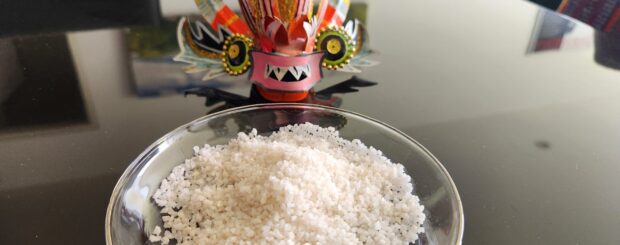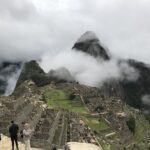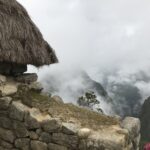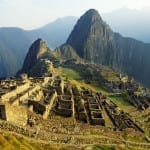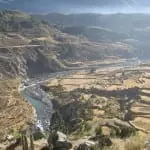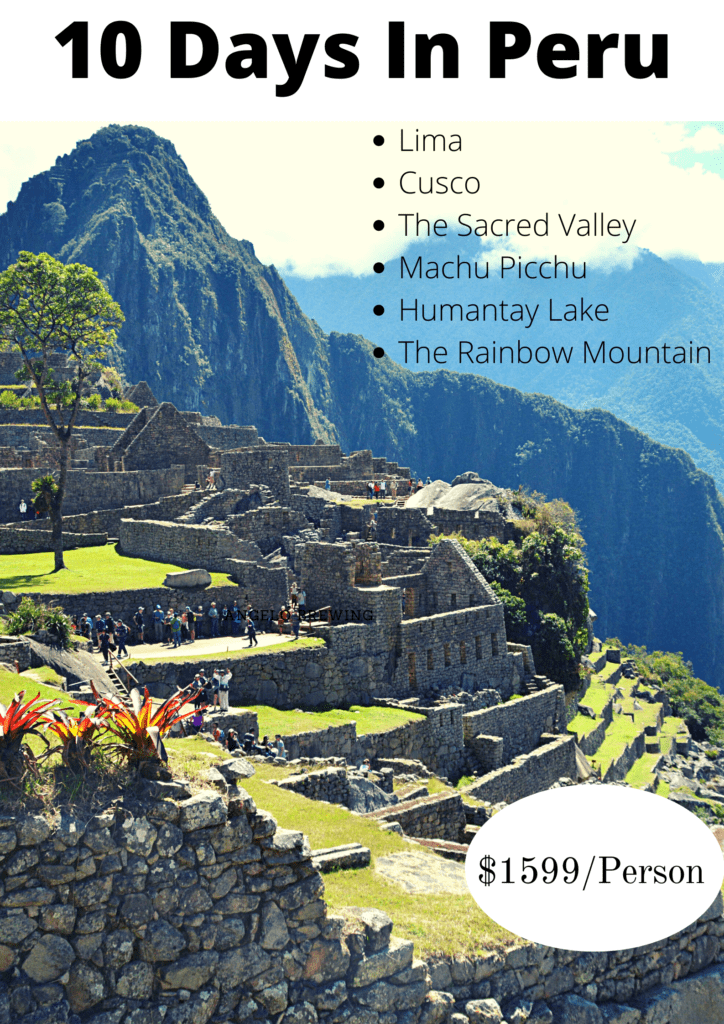Maras Salt
James Bustamante is Native to New York but born to Peruvian parents. He has been traveling throughout Latin America since early 2003 and finally made his home in Peru. James has made his way by eating and traveling through almost every country in Central and South America.
Last Updated on March 28, 2024 by James Bustamante
Maras salt, also known as Peruvian pink salt or Andean salt, originates from the Maras salt mines in the Sacred Valley of the Incas in Peru. It is harvested using traditional methods dating back to the Inca civilization. Maras salt is prized for its delicate flavor, unique pink color, and mineral-rich composition. It is often used in gourmet cooking and is considered a specialty salt in the culinary world.
When travelers think about visiting Peru, the first thing that comes to mind are the Machu Picchu hike, The Inca Trail, The Amazon, and the famous local cuisine. However, there is a mineral that Peru is quite renowned for, and that is Andean pink Maras salt. There is even a day tour that heads to the Maras salt ponds in the morning, where you can ride ATVs or walk past the salt pools in the mountain.
The Maras salt ponds day tour can be included within the first days you spend in Cusco. It’s excellent for acclimatization since we’ll have to travel to a lower elevation than the city of Incan.
If you want this added to your Machu Picchu travel package, contact one of our travel advisors to give you all the details needed for this awesome day trip.
Peru is living through a culinary boom, with classic Peruvian dishes appearing in restaurants worldwide. But what about one of its most famous ingredients?
Many different products and ingredients are exported annually, including a tried and true mineral used in everyday cooking. This is about Pink Salt or Maras Salt, of course. This salt is used all over, yet only some know where it originates.
Location of Maras Salt Ponds
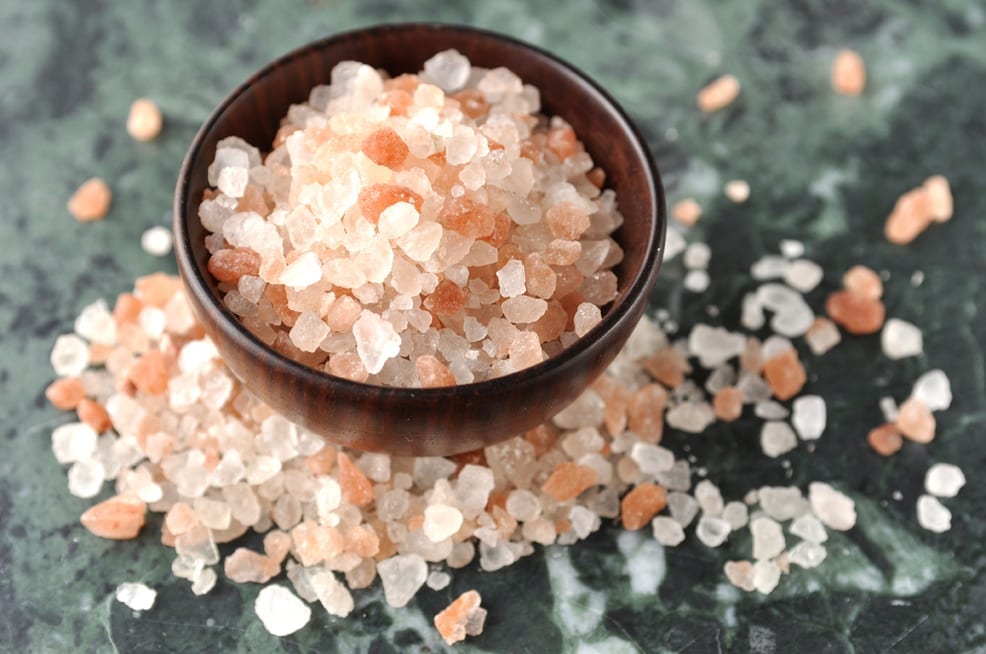
Did you know that some of the best salt in the world is produced in the middle of the Andes mountains? Harvesting pink Andean salt occurs hundreds of miles from any large body of saltwater in a very remote region of Peru. To learn more about Maras salt, we need to head to the Urubamba region, located roughly 1.5 hours from the city of Cusco.
How to get from Cusco to the Maras salt ponds:
- Begin by departing southeast from the city center of Cusco.
- Follow the road northwestward, leading to the renowned Sacred Valley (Valle Sagrado). As you continue along this route, you’ll eventually arrive in Urubamba, a significant town within the Sacred Valley.
- Watch for signs directing you towards Maras or Salineras de Maras from Urubamba.
Following these signs will guide you to Maras, approximately 4.3 miles (7 km) north of Urubamba. Upon reaching Maras, you can either drive or arrange for transportation to the vicinity of the salt ponds. Upon arrival, a short walk downhill from the designated parking area will take you to the mesmerizing Maras salt ponds.
Take the time to appreciate the stunning landscape and learn about the traditional salt extraction techniques employed by the local community. Remember to plan your journey considering current road conditions, and it’s advisable to embark on your visit during daylight hours.
Additionally, if you’ve already taken the shuttle ride from Aguas Calientes for your Machu Picchu tours, well this is similar but without the overwhelming heights.
Mining and production are centered at the Salt Mines of Maras in the Sacred Valley, 40 kilometers from Cusco, Peru. The town is well known for its nearby salt evaporation ponds, which have been in use since the days of the Inca. The salt-evaporation ponds for this pink mineral are up-slope, less than a kilometer west of the town.
Visiting On Your Own?
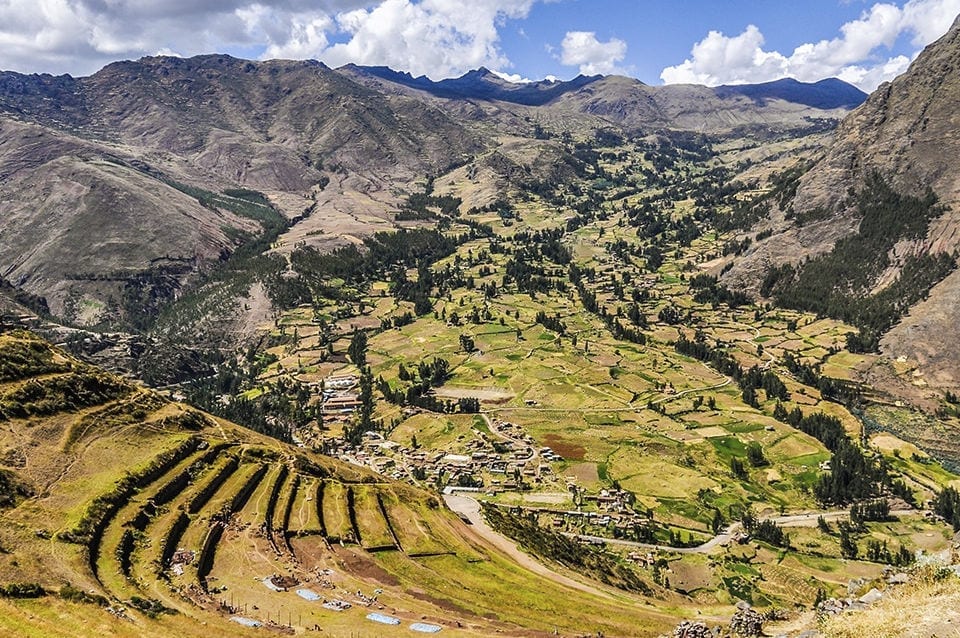
It is also possible to get there on your own; you can drive from the town of Calca to Urubamba. You will then need to take the road towards Chincheros. Later, you can turn off the road at the indicated detour for “Maras.”
Travelers Tip: Make sure your Machu Picchu reservations are scheduled for at least three days after arriving in Cusco. This gives you plenty of time to take some day tours while you acclimate to the elevation before heading to Machu Picchu.
Like much of the Andes and the Sacred Valley, the views along this road are absolutely stunning. However, going to the Salt Ponds on a tour group with an experienced tour guide is much safer and faster.
The guide can give you essential insights into Maras’s rich culture and history. If you plan on taking a trip to Machu Picchu, it is specific that you should join a group at this point.
The Process of Maras Salt
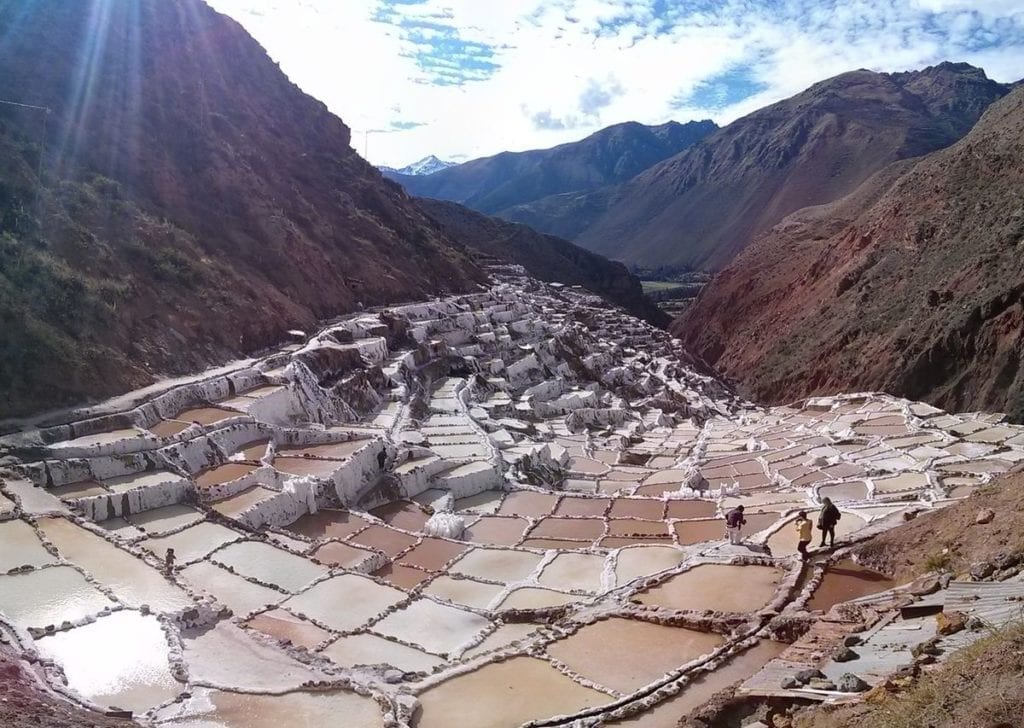
Since pre-Inca, salt has been obtained in “Maras” by evaporating salty water from a local subterranean stream. The highly salty water emerges at a spring which is a natural outlet of the underground stream. The flow is then directed into an intricate system of tiny channels. Maras salt, also known as Peruvian pink salt or Andean salt, is produced through a traditional and labor-intensive process that dates back to the Inca civilization. Below is an outline simplifying the process as much as possible.
Natural Saltwater Springs: The process begins with the emergence of natural saltwater springs located in the Sacred Valley of the Incas near Maras, Peru. These springs contain a high concentration of salt due to the minerals present in the surrounding mountains.
Diversion of Spring Water: The saltwater from these springs is carefully diverted into a network of tiny channels constructed from stone and clay. These “cochas” channels lead the water downhill to the salt ponds.
Evaporation in Salt Ponds: The diverted salt water flows into a series of terraced ponds constructed on the mountainside. These ponds, known as “salineras,” are shallow and made of compacted clay. As the saltwater evaporates under the intense Andean sun, it leaves behind crystallized salt on the pond’s surface.
Harvesting Process: Local salt workers, known as “salineros,” carefully monitor the evaporation process. Once the salt has crystallized sufficiently, they manually rake the salt crystals from the surface of the ponds. This process is typically carried out using traditional tools such as wooden rakes.
Collection and Packaging: The harvested salt crystals are then collected and stored for further drying. Once dried, the salt is sorted, cleaned, and packaged for distribution. Maras salt is known for its delicate flavor, unique pink color, and mineral-rich composition, making it a prized ingredient in gourmet cooking and culinary applications.
Sustainable Practices: The production of Maras salt relies on sustainable and eco-friendly practices. The salt ponds are owned and maintained by local families who have inherited the salt-producing tradition from their ancestors. The community’s stewardship ensures the preservation of this ancient salt-producing technique and the surrounding environment.
Overall, producing Maras salt is a time-honored process that connects the local community with their cultural heritage while providing a unique and high-quality culinary product enjoyed by people worldwide.
Conclusion

It is an excellent trip for the entire family, as you can walk around the salt ponds and explore the mines. It’s also a great way to show younger travelers how salt is produced and to teach them that salt mines have existed for centuries.
The Maras Salt Ponds tour is just one of many additional activities you can book when traveling to Cusco on your Machu Picchu travel package.
Make sure to check our blog regularly for more information on the beautiful country of Peru!
Frequently Asked Questions About Maras Salt
Where does Mara salt come from?
Maras salt comes from “Maras,” in the Peruvian Andes, just a few minutes from the Sacred Valley.
Can I visit the Maras salt mines?
Yes. Tour groups for the Maras salt mines are scheduled for daily excursions, so you can book one at any time.
Is Maras salt pink?
Yes. Maras salt has a pink color.
Does Maras salt come from the Andes?
Yes, Maras salt originates in the Andes mountains.
Are there salt ponds in Maras?
Yes. This is how the salt is extracted from the natural springs.
How is Maras Salt produced?
Water from natural springs flows into pools where the water evaporates and exposes the Maras salt.
